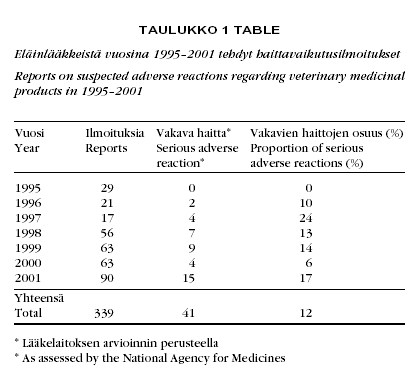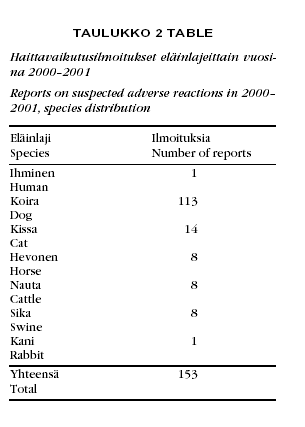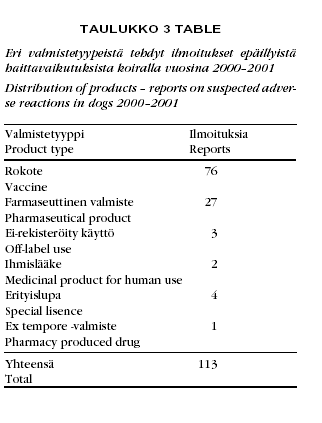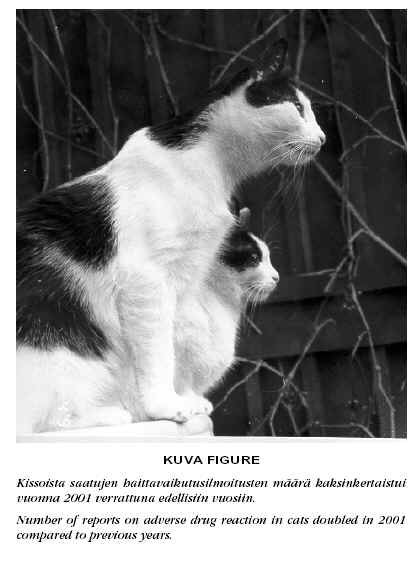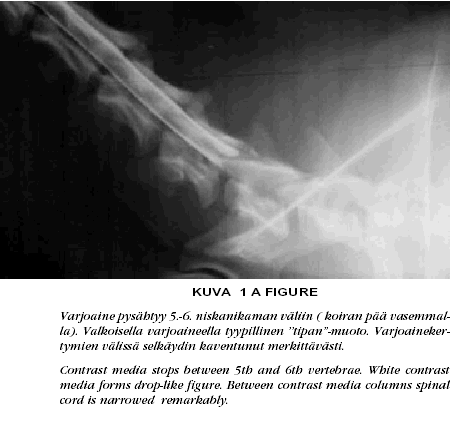
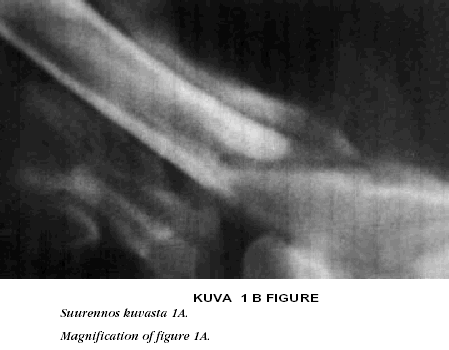
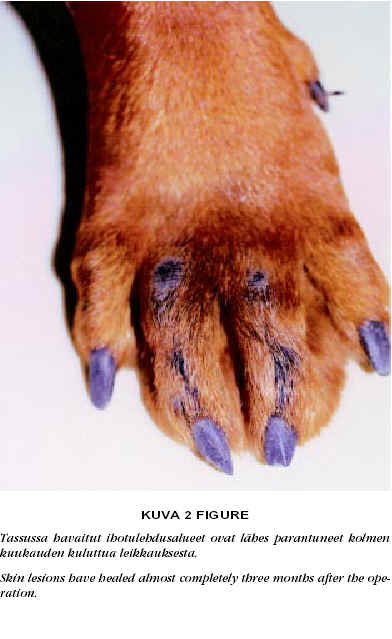
A three year old rottweiler visited the veterinarian for vaccination. During the clinical examination, the owner wanted advice on how to handle a chronic skin infection on the dorsal surface of both front paws. In the anamnesis, there was also intermittent ataxia especially in front legs. In all four limbs there were neurological deficits (tetraparesis). Clinically remarkable signs were in front limbs. Clinical examination revealed an arachnoid cyst in the cervical spine. Because of progression of the symptoms surgical treatment was chosen. After three months, progression of the disease was stopped and the clinical stage was better than before the operation.



In cat shelters, there are often tens of cats, many of which have deficits in immune system because of malnutrition, parasites, poor health and stress. The staff consists primarily of volunteers, who may not have any further knowledge on controlling infectious diseases. Therefore, shelters are favourable places for infectious diseases.
The purpose of this study was to evaluate the incidence of viral and bacteriological diseases in cat shelters, management and cleaning protocols as well as vaccination policies and anti-microbial drugs used. The study was done by sending a questionnaire to eleven cat shelters, from whom eight (73 %) replied. In most of the shelters, quarantine was used, but the quarantine time was not always long enough. In half of the shelters, booster vaccinations were not given, and in one shelter the cats were not vaccinated at all. Disinfectants were used in plenty, and, on many occasions, they could have been chosen better. On the basis of results, viral diseases were much more common than bacterial diseases which was expected, because the majority of infectious diseases in cats are caused by viruses. In most of cases, anti-microbial drugs were used only according to veterinarian´s recommendations, although there often were some antimicrobials in stock in the shelters. Anti-microbial drugs were reported to be of benefit to most of the sick cats. Based on the needs that came up in the study, we wrote a guide about prevention of infectious diseases. The guide was posted to the cat shelters participating in the study.
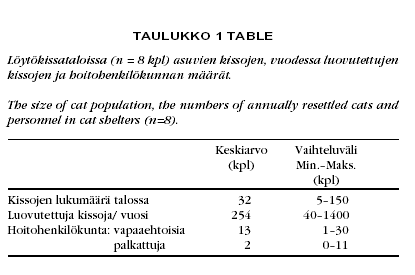
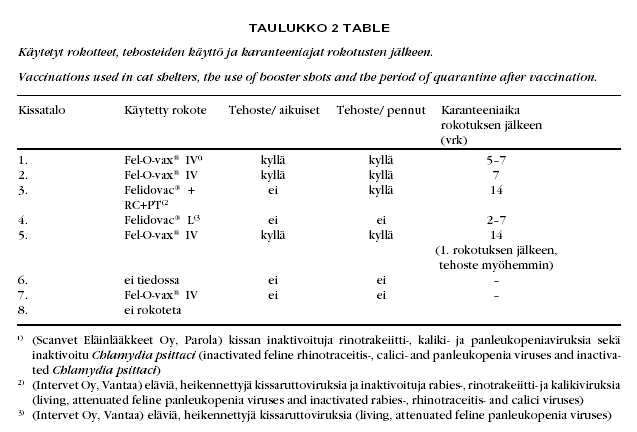
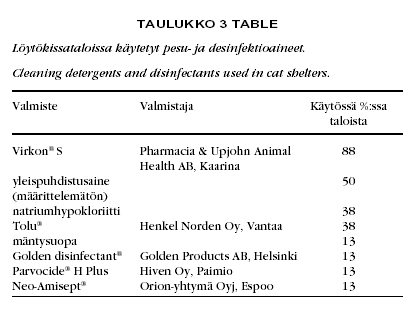
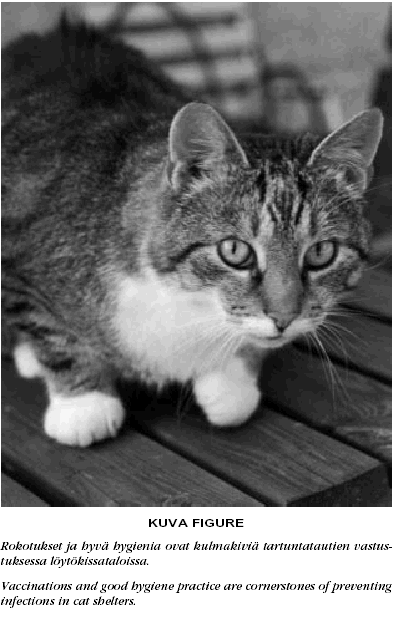
In 2001, the National Agency for Medicines (NAM) received a record number of reports on suspected adverse effects caused by veterinary medicines. As was the case in earlier years, most reports, over 70 %, concerned effects in dogs. A majority of these was reports on vaccines. As examples of different adverse effects caused by veterinary medicines, we present a serious case involving the use of a human drug in a dog, a case of insufficient efficacy, serious adverse effects caused by special-licence edicines, and cases involving a recently introduced active substance. Unlike in most EU member states, most reports on suspected adverse effects are sent to the NAM directly by practising veterinarians, not by holders of drug’s market authorisation.
